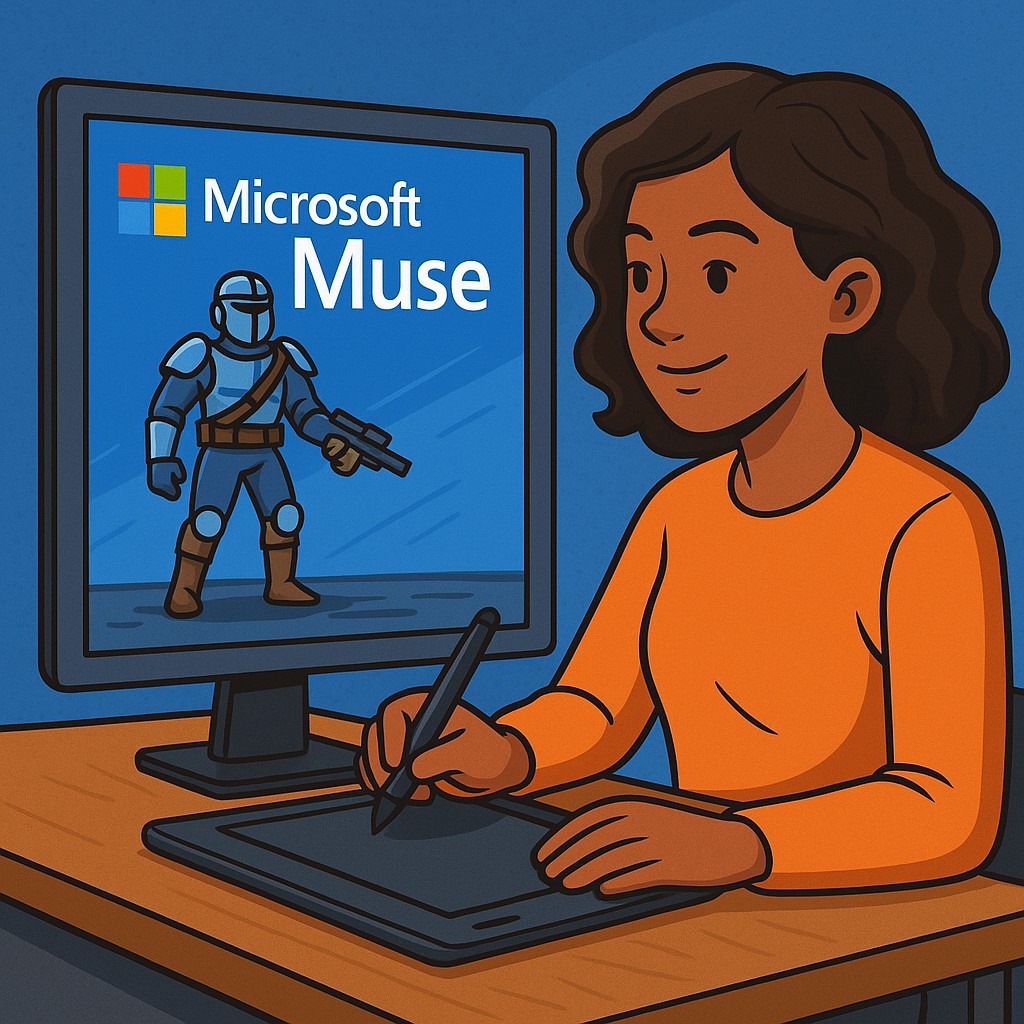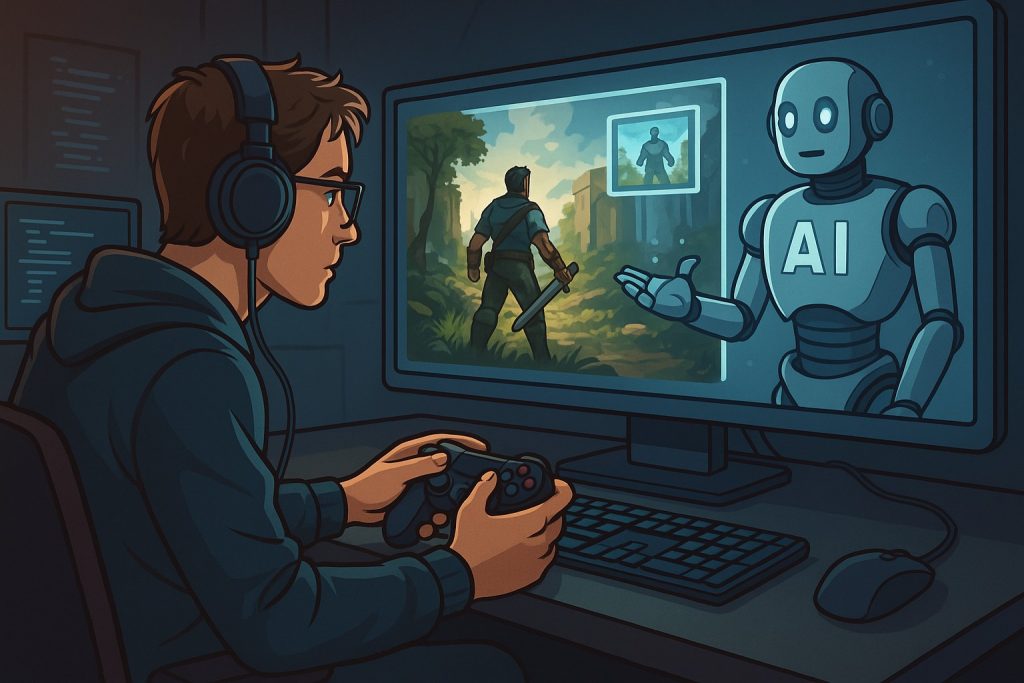Game development is evolving fast, and Microsoft’s latest innovation—Muse—is proof that AI is taking center stage. Muse is an AI-powered tool capable of generating gameplay snippets and simulating controller actions. Developed in partnership with Ninja Theory, this tool aims to streamline the game creation process in ways never seen before.
What Is Muse?
Muse is more than just a flashy tech demo. It’s a foundational AI model that understands game environments and player behavior. By learning from vast amounts of gameplay data, Muse can predict likely in-game actions and create realistic game sequences on its own. This means developers can use AI to handle repetitive tasks, create test scenarios, or even generate prototypes faster.
Why Does Muse Matter?
Traditionally, game development is both time-consuming and resource-heavy. Teams spend months building levels, testing mechanics, and refining gameplay. Muse changes that. By generating snippets of gameplay, it helps automate testing and speeds up production cycles.
More importantly, Muse assists with “controller action prediction.” In simple terms, it can guess what a player might do next in a game. This has major implications for quality assurance, accessibility, and even user experience design.
The Creative Edge for Developers
Muse won’t replace creativity. Instead, it enhances it. Developers can focus more on storytelling, visual design, and user interaction. Meanwhile, Muse handles the technical grunt work in the background. For indie studios and large AAA teams alike, this could be a game-changer.
In addition, using Muse during early development allows for faster iteration. Developers can test gameplay loops before writing a single line of code. This flexibility encourages innovation and reduces the risk of failure.

Ethical Considerations and Industry Impact
Of course, AI-generated content raises ethical questions. Who owns AI-generated levels or animations? How do you credit human versus machine contributions? These are debates the industry must face sooner than later.
Moreover, the rise of AI in gaming could shift employment trends. While it reduces the need for certain manual tasks, it also creates new roles focused on AI supervision and training.
What This Means for the Future
Muse is just the beginning. As AI tools like this mature, we can expect shorter development timelines and more personalized gaming experiences. This shift opens new doors for storytelling, procedural world-building, and adaptive gameplay.
Tech giants like Microsoft are investing heavily in AI for good reason. Muse is part of a broader trend—AI systems are quickly becoming essential in both creative and technical workflows.
Final Thoughts
Muse shows us what’s possible when AI and creativity meet. It empowers developers, accelerates production, and redefines what’s achievable in modern game design. As more studios adopt similar tools, the gaming landscape will never be the same.

Want to dive deeper? Check out Microsoft’s official AI and gaming page for background. You can also read about Muse’s announcement or explore how AI is reshaping Ninja Theory’s approach to development.

